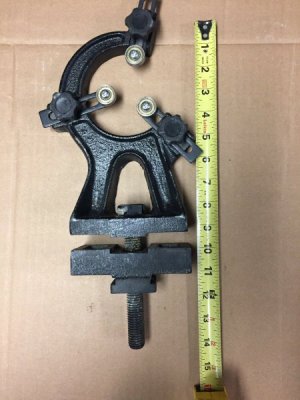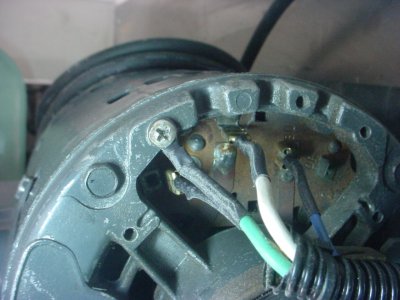- Joined
- Oct 17, 2018
- Messages
- 922
45. BOLTING THE LATHE BENCH TO THE FLOOR
I will get enough shims to make big enough ones that will fit under the brackets and bench legs. Thanks!
47. TAILSTOCK ALIGNMENT
c. Will this steady rest work with my lathe:

There is about 2 3/4" between the gap in the ways, the ways are 1 1/2" wide each and the overall outside width of the ways is 5 3/4". I have flat ways.
d. I don't have any type of face plate. I'll put it on the list. I have a non-tapered center and a live center that fits in the tail stock. I also have 2 lathe dogs.
e. I may try all the methods I've researched and see how they compare.
I will get enough shims to make big enough ones that will fit under the brackets and bench legs. Thanks!
47. TAILSTOCK ALIGNMENT
c. Will this steady rest work with my lathe:

There is about 2 3/4" between the gap in the ways, the ways are 1 1/2" wide each and the overall outside width of the ways is 5 3/4". I have flat ways.
d. I don't have any type of face plate. I'll put it on the list. I have a non-tapered center and a live center that fits in the tail stock. I also have 2 lathe dogs.
e. I may try all the methods I've researched and see how they compare.


